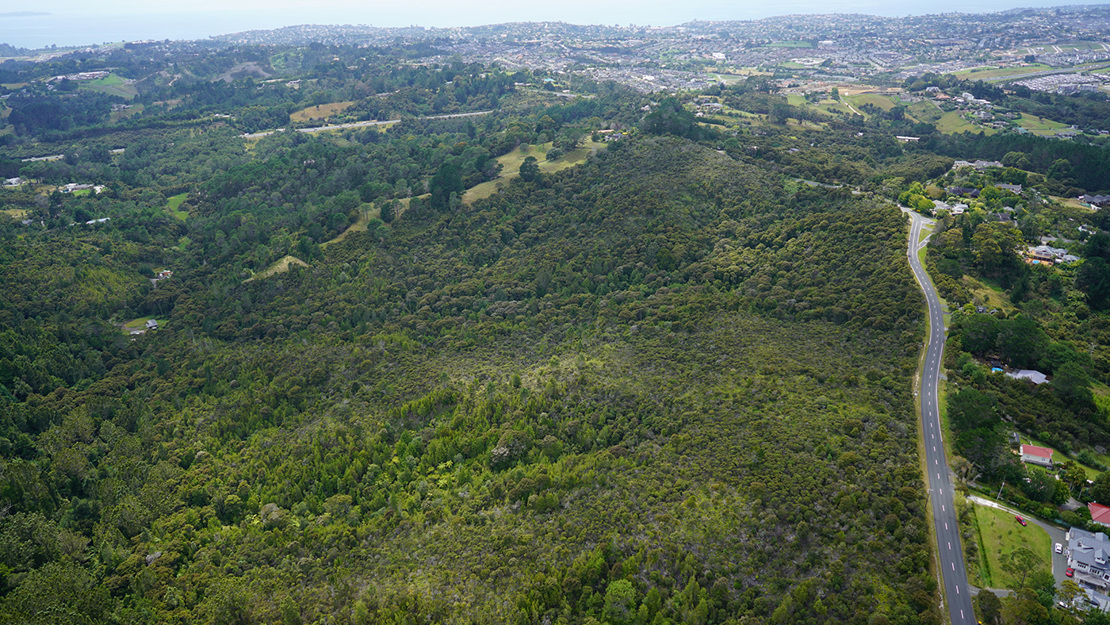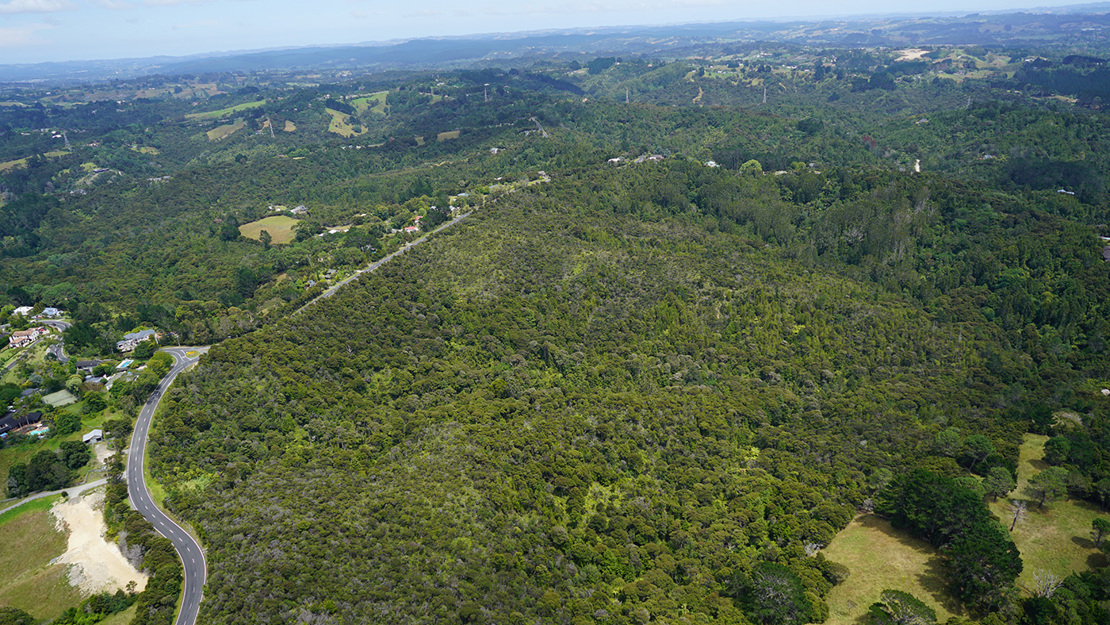Albany Scenic Reserve wetland
Size: 13 hectares
Area description
Please note, due to Kauri dieback diease Albany Scenic Reserve is currently closed to the public.
The Albany Scenic Reserve wetland is protected within a public reserve managed by the Department of Conservation. It includes one of the largest remaining examples of mānuka-dominated gumland in Tāmaki Makaurau / Auckland (WL1.2).
The gumland habitat supports a variety of native animals including lizards. It forms part of a large ecological corridor of native forest and scrub which extends from upper Waitematā Harbour to the coast at Okura.

Ecosystem description
Gumlands were once much more widespread. Frequent fires, urban development, weed invasion and other factors have now altered many of the original gumlands. As a consequence of the loss of gumlands, this ecosystem type is Critically Endangered.
Gumlands tend to occupy soils where kauri leaf litter has altered the soil chemistry. The soil becomes water-logged during periods of heavy rain and has low levels of fertility. Only native plants tolerant of these conditions can grow in gumlands.
The gumland vegetation within this biodiversity focus area has established on an elevated plateau-like ridgeline with a history of burning. A diverse range of native plant species commonly found in gumlands grow here such as:
- mānuka
- tangle fern
- Schoenus tendo
- Gahnia xanthocarpa
- a variety of native orchids.
Kauri, podocarp, broadleaved forest (WF11) and kānuka scrub and forest (VS2) surround the gumland.

Threats
Gumlands are often invaded by weeds, especially species adapted to nutrient-poor, water-logged conditions. Species such as hakea, pines and Spanish heath are common in this area.
Unfortunately, the kauri forest surrounding the gumland is badly affected by kauri dieback, a soil-borne pathogen capable of killing kauri trees of all ages. As a consequence, the reserve is closed to the public to prevent the spread of this pathogen.



